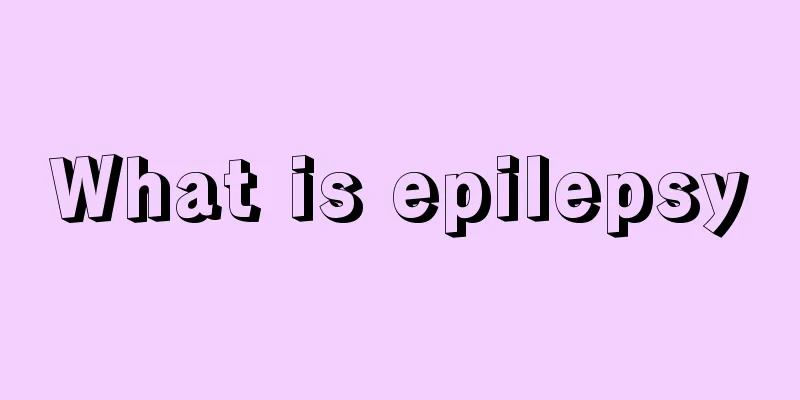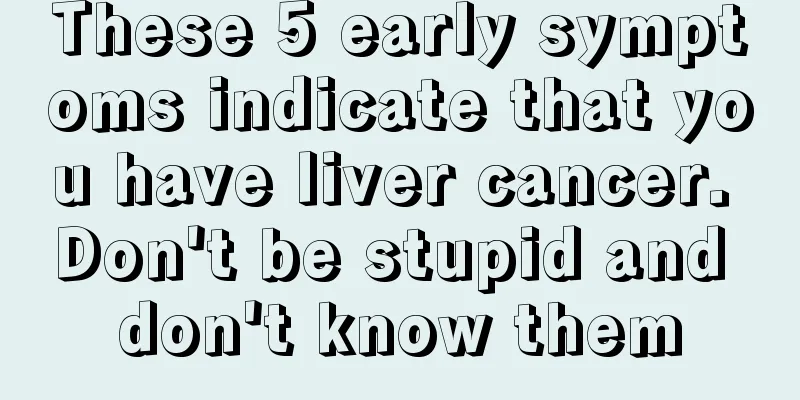What is epilepsy

|
Many people don’t know what epilepsy is, but in fact, epilepsy is what we call epilepsy, and the occurrence of epilepsy is closely related to heredity, especially during pregnancy, trauma, infection, or poisoning, etc., which can induce epilepsy. 1. Epilepsy is commonly known as epilepsy. What ordinary people call "epilepsy" in daily life is called "epilepsy" in hospital terminology. Epilepsy is divided into primary and secondary. The cause of primary epilepsy is unknown. There are no obvious pathological or metabolic changes in the brain. Various changes in the internal and external environment within the physiological range can induce the onset of epilepsy. Primary epilepsy usually occurs around the age of 5 or during adolescence. Secondary epilepsy is caused by various diseases inside and outside the brain. For example, encephalitis, meningitis, brain parasitic diseases, brain tumors, brain trauma, brain hypoxia, brain poisoning caused by lead, mercury, etc. can all lead to the occurrence of this disease. Epilepsy is somewhat hereditary. The prevalence of epilepsy in relatives of patients with primary epilepsy is 4 to 7.2 times the prevalence of epilepsy in the general population, and that of secondary epilepsy is 2 to 3.6 times. 2. Western medicine divides epilepsy into two categories according to the different causes: idiopathic epilepsy and secondary (symptomatic) epilepsy. The former means that the brain disease of this type of patients does not have structural changes or metabolic abnormalities that can explain the symptoms, but is more closely related to genetic factors. Symptomatic epilepsy is caused by a variety of brain lesions and metabolic disorders, such as congenital diseases, prenatal and perinatal diseases (birth trauma is a common cause of epilepsy in infancy), sequelae of febrile convulsions, trauma, infection, poisoning, intracranial tumors, cerebrovascular diseases, nutritional and metabolic diseases, etc. 3. There are two major types of symptoms of epilepsy during an attack, namely systemic attacks and partial attacks. The common forms of generalized seizures can be divided into seven types: grand mal seizures, tonic seizures, clonic seizures, absence seizures, atonic seizures, myoclonic seizures and infantile spasms. Common forms of partial seizures include partial motor seizures and complex partial seizures. 4. A grand mal seizure is also known as a generalized tonic-clonic seizure. After the seizure begins, the patient loses consciousness. Sometimes he screams first, then his whole body stiffens, and then his limbs shake rhythmically. Sometimes breathing stops and the face turns blue. You may bite your tongue and suffer from incontinence of stool and urine. A major seizure usually lasts 1 to 3 minutes, and after regaining consciousness, the patient may have a severe headache or fall asleep. Children often return to normal quickly. 5. Tonic seizures are characterized by general stiffness of the whole body, possible sudden falls, non-rhythmic shaking of the limbs, raised hands, head tilted back, or head turned to one side, accompanied by bluish face or lips. Clonic seizures are characterized by rhythmic shaking of the limbs, head and face, without prolonged stiffness of the body. Atonia is characterized by sudden muscle relaxation of the patient, inability to maintain the current standing or sitting posture, falling to the ground and losing consciousness. Sometimes the patient only lowers his head, droops his shoulders, and spreads his fingers, but does not necessarily fall. Absence seizures are characterized by sudden immobility, but not falling, with eyes fixed straight ahead, dazed, and staring. Sometimes the eyelids twitch rapidly or the hands tremble slightly. It usually returns to normal in about 10 seconds and you lose consciousness. Absence seizures may occur several to dozens of times a day, or even hundreds of times a day. Absence seizures are not as noticeable as other types of seizures and can be easily ignored. Parents often report that their children’s academic performance, especially math performance, has declined. Or they may be in a daze during class or meals. Their classmates report that they suddenly stop playing games for unknown reasons, and then automatically return to normal after a few seconds. |
<<: How to treat skin wart-like growths
>>: What are the contraindications for arsenic poisoning?
Recommend
What should I do if I am afraid of mosquito bites
Mosquitoes are the most annoying creatures on ear...
What are the precautions for eye massage?
In life, eye skin problems are quite common among...
Can I have sex if I have a fracture?
Fracture is a common orthopedic disease in clinic...
Is the pus from the ear piercing squeezed out cleanly?
Nowadays, many girls choose to get their ears pie...
What causes dental neuralgia
Whether it is gingivitis or periodontitis, when w...
How to treat hypospadias diverticulum?
Hypourethral fissure diverticulum is a urinary sy...
What are the symptoms of pancreatic cancer
If you see a thin person with jaundice on the str...
What happens if hand, foot and mouth disease is complicated by meningitis?
I believe many parents have learned the details o...
What are the dangers of testicular cancer?
Many people are very curious about the dangers of...
Let's see what kind of conditioning liver cancer patients need?
Liver cancer patients must pay attention to condi...
How long does it take to soak dried scallops
Dried scallops are dried products of scallops wit...
What are the causes of lung cancer? These factors are likely to cause lung cancer
Lung cancer is the most common primary lung malig...
What are the effects of boric acid borneol ear drops
Boric acid borneol ear drops are mainly used to t...
One-sided optic nerve damage
The optic nerve belongs to the central conduction...
What is the effective treatment for colonic stenosis?
Patients should pay attention to how colon stenos...









